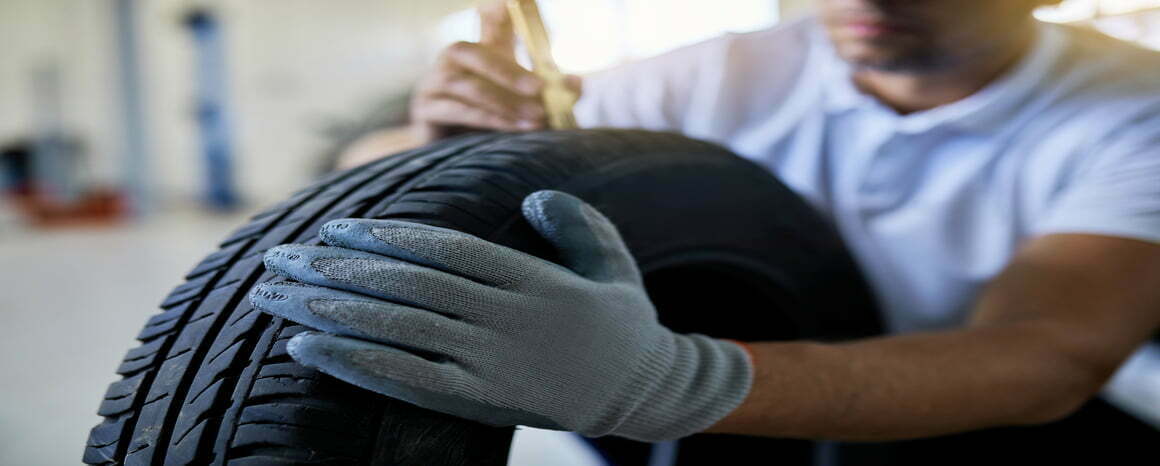Tyre alignment, also known as wheel alignment, can improve the performance and longevity of your tyres. It can also help with handling by preventing your vehicle from pulling in one direction or vibrating abnormally on the road.
What is Tyre Alignment?
Alignment is the process of adjusting a vehicle’s suspension – the system that connects the vehicle to its wheels. It is not an adjustment to the tyres or wheels. Adjusting the angles of the tyres, which influence how they make contact with the road, is the key to good alignment.
Signs Your Tyres Need Alignment:
Now that you know what tyre alignment is, you must be aware of the signs that indicate you should have your alignment checked by a service technician immediately.
Here are the most common signs indicating your tyres need alignment:
- Uneven Tread Wear
- When going straight, your steering wheel is off-center.
- Vehicle pulling to the right or left
- Vibrating Steering Wheel
The 3 Things That Affect Tyre Alignment:
1: Camber:
When viewed from the front of the vehicle, this is the inward or outward angle of the tyre. Too much inward or outward tilt, also known as negative and positive camber, indicates poor alignment and must be corrected.
2: Toe Alignment:
Toe alignment, as opposed to camber alignment, is the degree to which your tyres spin inside or outward when viewed from above. If that’s too complicated, simply stand up and look down at your feet. Angle them inward toward your body’s center.
3: Caster Angle:
Your caster angle contributes to the balance of steering, stability, and cornering. It is the angle of your steering axis as seen from the side of your car. A positive caster causes the steering axis to lean toward the driver. A negative caster, on the other hand, indicates that your vehicle’s steering axis is tilted toward the front.
Types of Undue Tread Wear that Lead to Tyre Misalignment:
1: Feathering: When the tread on a tyre is smooth on one side and sharp on the other, it is said to be “feathered.” This is frequently caused by improper toe alignment.
2: Camber Wear: The inside or outside of the tread is much more worn than the center of the tread due to this strain of tread wear. This form of wear is caused by positive or negative camber, as the name implies.
3: Heel/Toe Wear: This occurs when one side of your tread block wears down faster than the other circumferentially. When you run your fingers over the tread from the side, it will look and feel like saw teeth. Heel/toe wear could indicate a lack of inflation and/or rotation.

